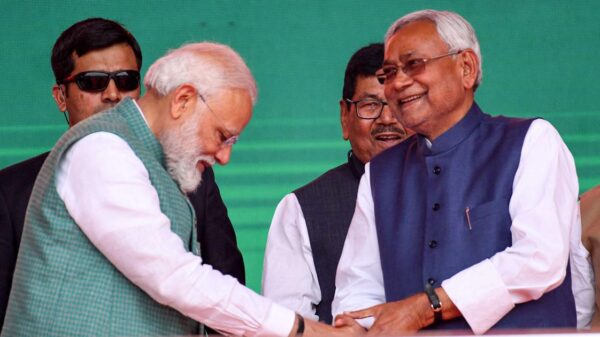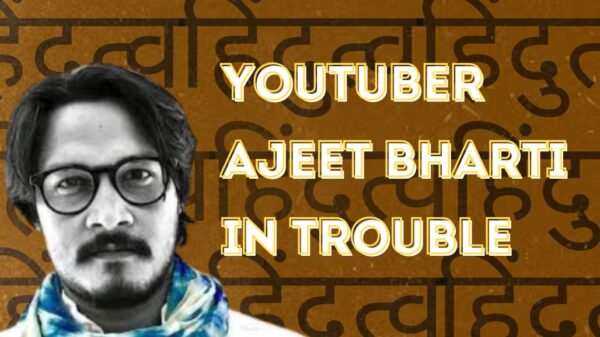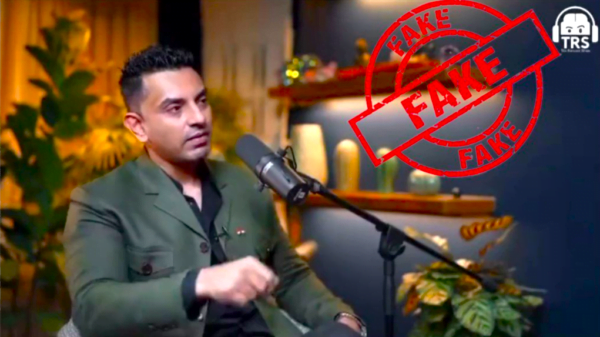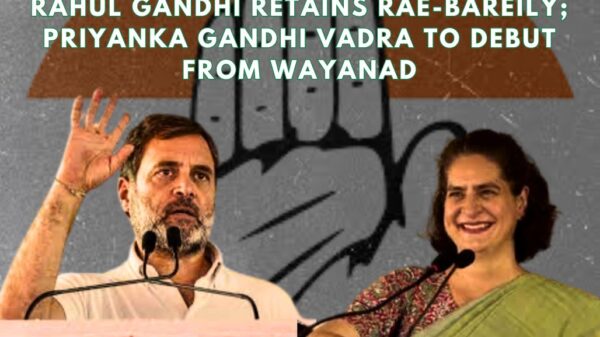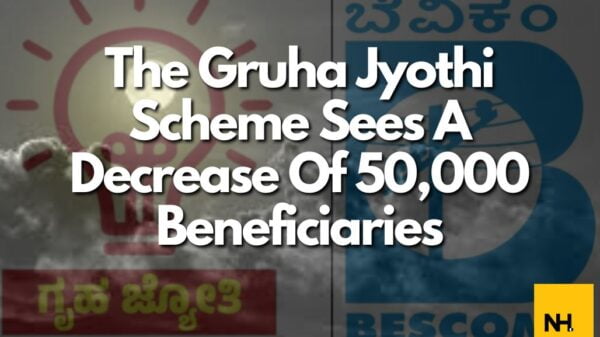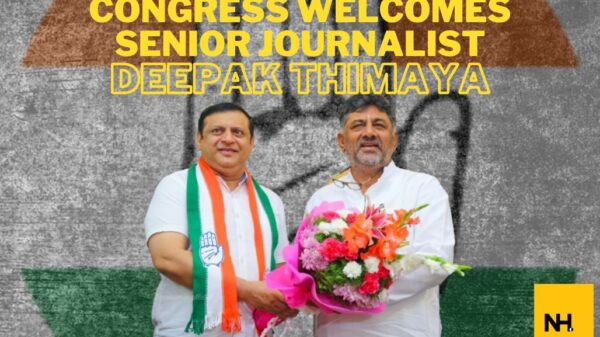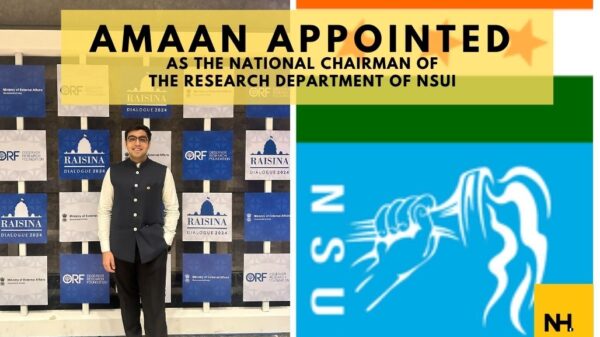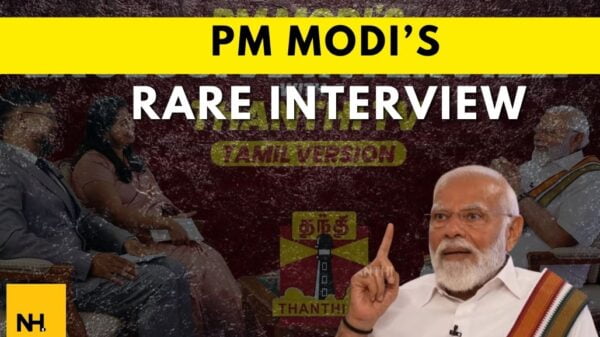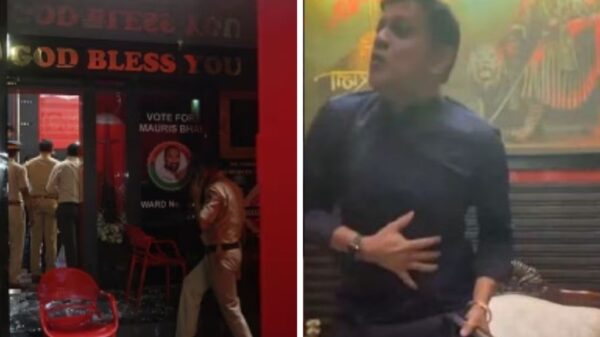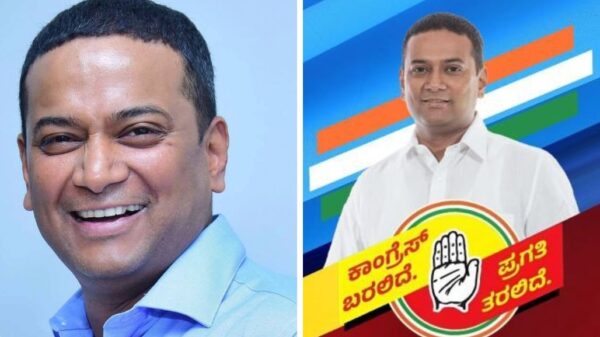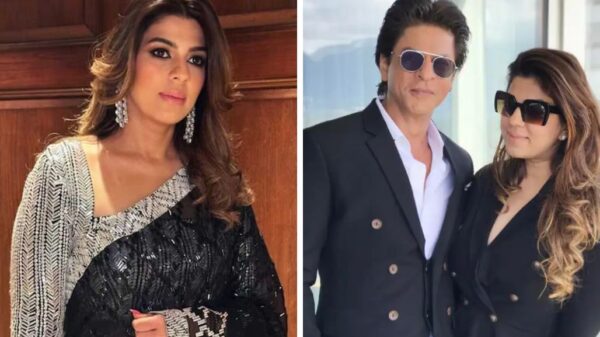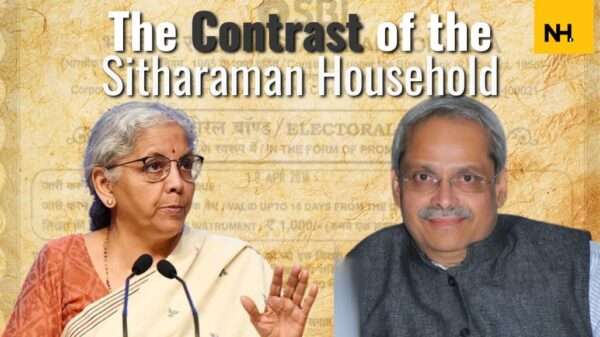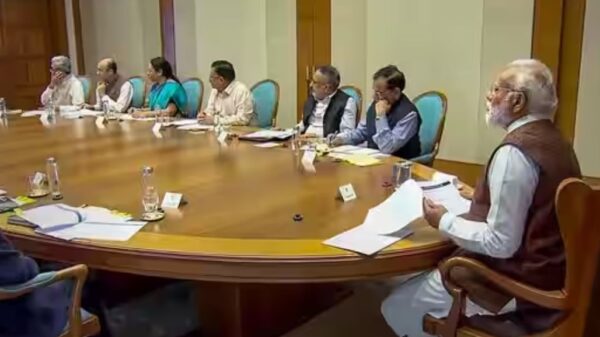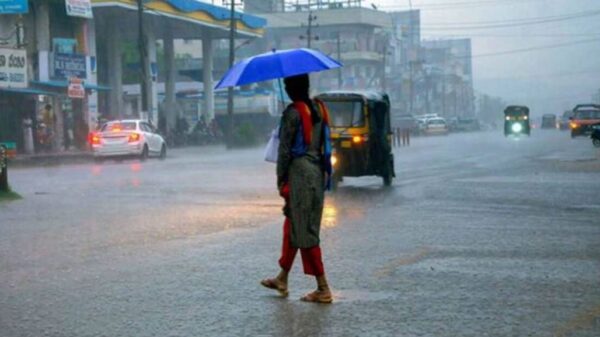Court proceedings are usually considered a boring matter because of the monotonous nature of law and how the courts cite different judgments or the Constitution. This very nature of the law makes one believe that court proceedings are boring and not worth entertaining oneself with. Here are some of the Court proceedings that changed our perspective, these cases are not only bizarre but show how law has evolved over the years.

Source: The New Indian Express
K.M. Nanavati vs State of Maharashtra (1959)
The case involving KM Nanavati, a naval officer who murdered his wife’s lover, Prem Ahuja, marked the final jury trial in India. Nanavati pleaded ‘not guilty,’ leading to a jury ruling in his favor. However, the Bombay High Court dismissed the verdict, resulting in a retrial conducted as a bench trial to determine whether the crime was a passion-driven act or premeditated murder.
State of Orissa vs Ram Bahadur Thapa (1959)
Ram Bahadur Thapa, a servant, accompanied J.B. Chatterjee to an abandoned aerodrome in Rasogovindpur, Orissa, rumored to be haunted. Mistaking local women with lanterns for ghosts, Thapa attacked, causing death and injury. Despite this, he was acquitted by the Sessions court judge due to his belief in ghosts and perceived lawful justification.
Mathura Rape Case (1972)
Mathura, a tribal woman, was raped by two constables in a police station in Maharashtra. The court’s shocking reasoning – her prior sexual experience implied consent. Outrage and protests led to crucial reforms in India’s rape laws, affirming that submission does not equate to consent.
Kesavananda Bharti vs State of Kerala
Swami Kesavananda Bharati’s case, a landmark in India’s democracy, involved a dispute over land appropriation by Kerala state. The petition argued for religious institution autonomy. The bench of 13 judges, through a slim majority, established the Basic Structure Doctrine, limiting Parliament’s constitutional amendment power. Widely seen as a rebuke to Indira Gandhi’s government, the case preceded the emergency period.

Source: Bar and Bench
NALSA vs Union of India (2014)
This is the landmark decision by the Supreme Court of India which declared that Transgendered People were the ‘third gender’ and that they had equal rights as any other gender. The petitioner in this case was the National Legal Services Authority (NALSA).
Mohd. Ahmed Khan vs Shah Bano Begum (1985)
Shah Bano Begum, a mother of five, sought alimony after being divorced by her husband. The Supreme Court granted it, but faced backlash from Islamic orthodoxy. Congress government amended laws, undermining the court’s decision. This case highlights debates on implementing a Uniform Civil Code in India.
Lal Bihari Identity Case (1975-1994)
Lal Bihari, born in 1955, was erroneously declared dead from 1975 to 1994 by corrupt officials seeking to seize his ancestral land. Discovering the deception, he fought bureaucratic hurdles, staging his mock funeral, claiming widow’s compensation, and even ran against Rajiv Gandhi in 1989. Now, he leads an organization aiding individuals wrongly declared deceased.
Bhawal Case (1921-1946)
One of India’s strangest identity cases centered on an alleged impostor claiming to be the prince of Bhawal Estate, a vast zamindari estate in undivided Bengal. After Ramendra’s death, a sanyaasi resembling him emerged in Dhaka in 1921, backed by former tenants. Legal battles ensued, with the imposter eventually winning in 1946, but he died shortly afterward.
Tarakeswar Case (1874)
The sensational case of Nobin Chandra, who killed his wife Elokeshi over alleged infidelity with a temple priest, drew immense public attention. Despite his confession, locals supported him. He served two years before release, while the priest received a three-year sentence. Seen as British interference in Bengali society, it sparked significant discourse during that era.
Vishakha and Others vs. State of Rajasthan (1997)
Before the Vishakha Guidelines, workplace sexual harassment posed a significant risk to women. In 1992, Bhanwari Devi was gang-raped for opposing child marriage. Despite delayed evidence collection, the accused were acquitted. Outrage led to PIL by Vishakha and other groups against Rajasthan and India, resulting in the adoption of Vishakha Guidelines for nationwide workplace protection.
Read Also:
Supreme Court Bans Misleading Advertisements By Patanjali Ayurveda




